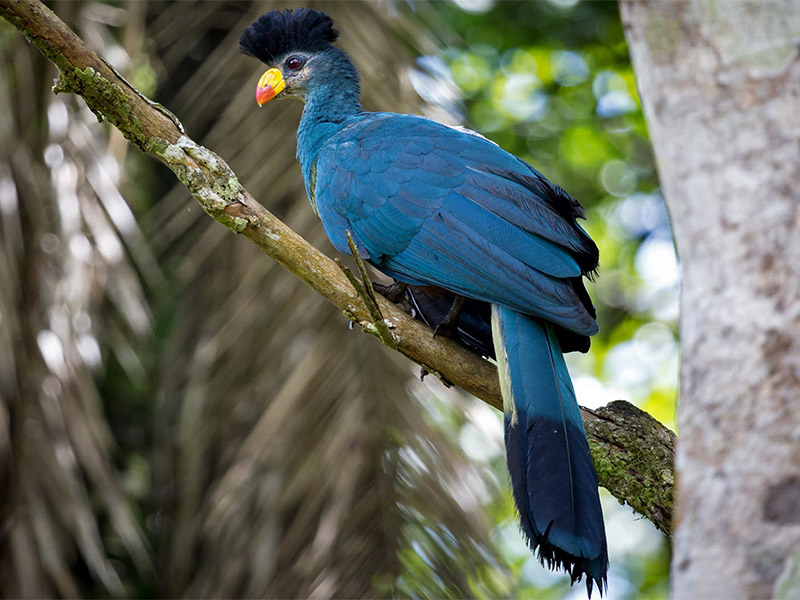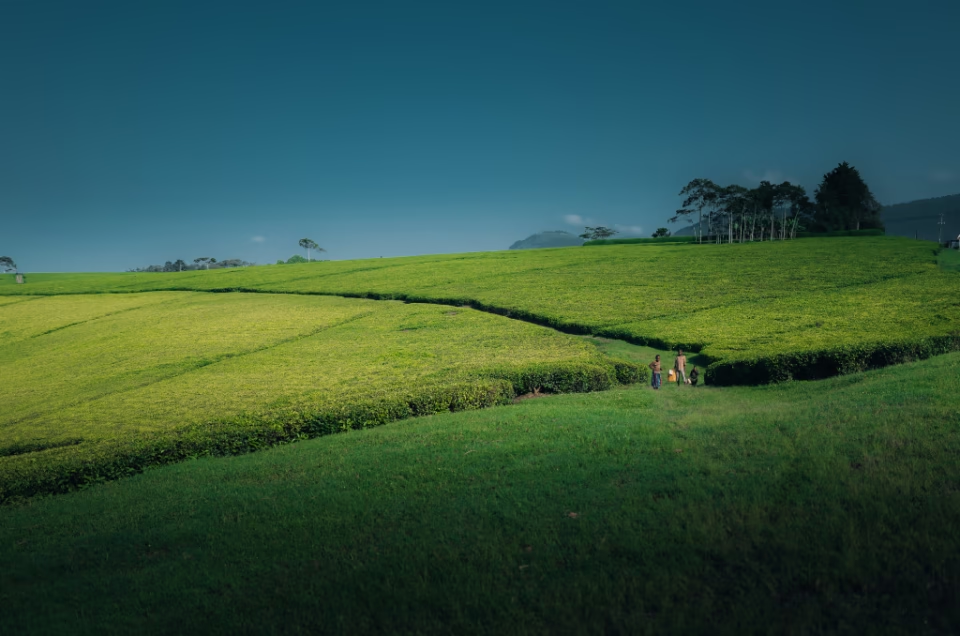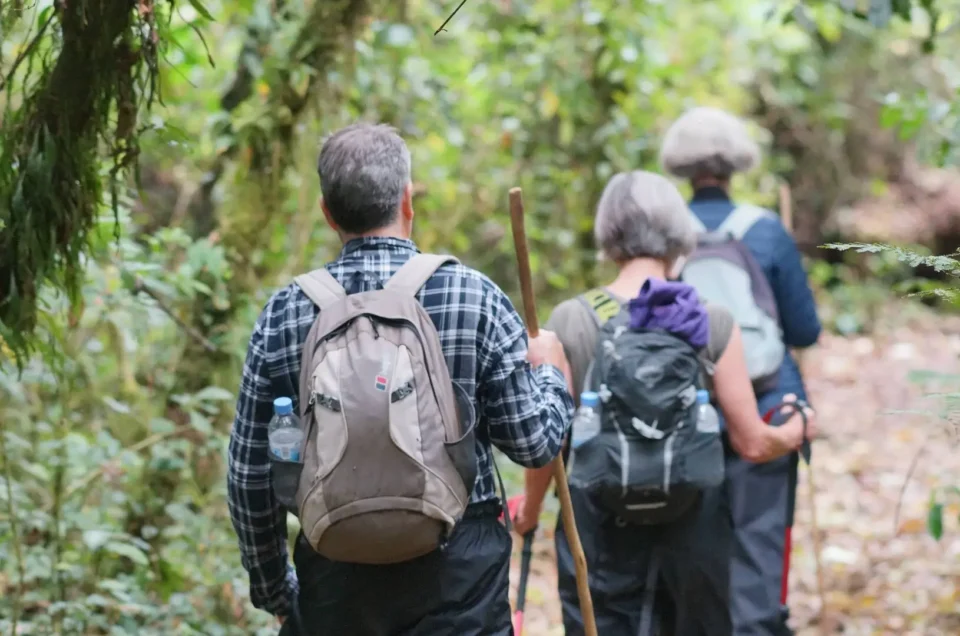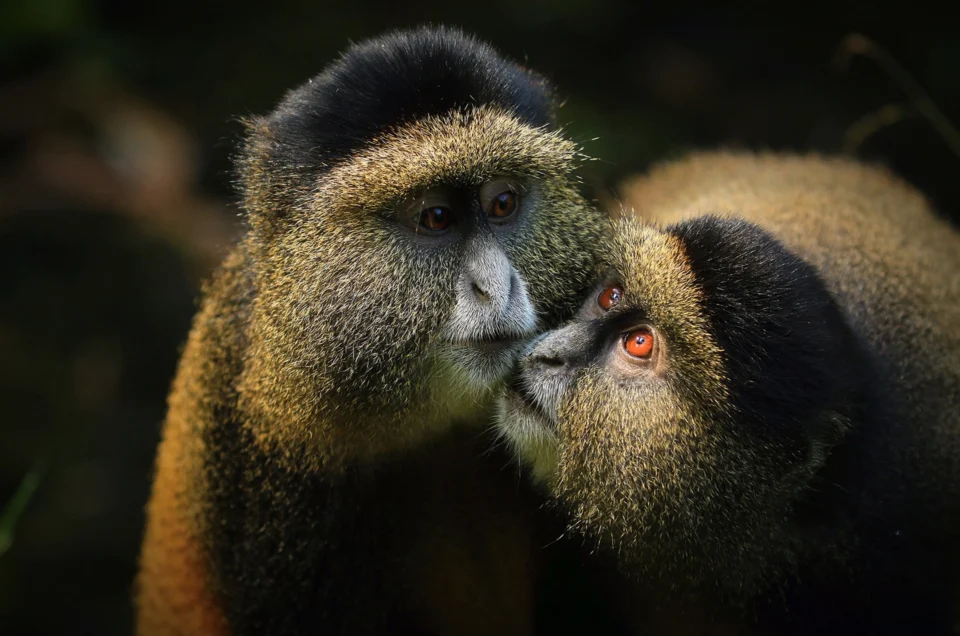Categories
- Accommodation
- Accommodation at Kibale Forest
- Budget accommodation at Kibale
- Budget accommodation in Uganda
- Budget Hotels in Entebbe
- Budget Murchison Falls Accommodation
- Bwindi Guides
- Bwindi National Park Guides
- Entebbe Hotels
- Exclusive Lodges In Murchison Falls National Park
- Exclusive Lodges in Queen Elizabeth National Park
- High End Accommodation At Kibale
- Kibale
- Luxury accommodation at Kibale
- Luxury Accommodation in Queen Elizabeth National Park
- Luxury Hotels In Entebbe
- Luxury Murchison Falls Accommodation
- Midrange accommodation at Kibale
- Midrange Hotels In Entebbe
- Midrange Murchison Falls Accommodation
- Murchison Falls Guides
- Murchison Falls Lodges
- News
- Popular
- Queen Elizabeth Guide
- Queen Elizabeth National Park Accommodation
- Semi-Luxury Entebbe Hotels
- Travel Guide
- Uganda Honeymoon Lodges
- Uncategorized
Kibale Forest

Kibale National Park is about 320km west of Kampala and spans nearly 800km² of green rainforest. It is home to over 1500 chimpanzees. It is the best place in Africa to walk through the jungle and watch these intelligent primates in the wild. Meeting a troop of wild chimps while Chimpanzee trekking in Kibale Forest is exciting.
You hear their calls, screams, and hoots in the air. Then, suddenly, they appear—swinging through the trees or walking on two legs. These clever apes act a lot like people. They live in communities, help each other, and even play and fight just like we do. Seeing them gives a rare look into the lives of our closest relatives.
Kibale is also has one of Africa’s largest numbers of monkeys. Red-tailed monkeys are common, with cute white patches on their cheeks and noses. While the monkeys are the easiest to see, Kibale has more to offer. Forest elephants move quietly among huge old trees. Over 375 kinds of birds live here, including the smart African grey parrot, the blue turacos, and the green-breasted pitta—a shy bird found only in Central Africa’s deep forests.
Kibale National Park Weather
Kibale Forest National Park’s closeness to the equator gives it a temperate climate year-round, with a daily average maximum of around 26°C/79°F. Temperatures are generally higher in the south of the park, where the altitude drops and the vegetation thins out. There’s no real Dry season to speak of, but rainfall is lowest in January, February, June and July. The wettest months are April, September, October and November, with other months falling between these extremes.



Reasons To Visit Kibale National Park
1. Chimpanzee Trekking
The biggest attraction in Kibale Forest National Park is chimpanzee trekking. This is a fun walk through the dense forest with a guide, looking for a community of wild chimpanzees. The chimps here are well habituated (accustomed to human presence), so you can watch them closely without disturbing them.
As you walk, you will follow narrow paths and duck under vines while listening for the sounds of chimps in the trees. The trek takes about 2 to 4 hours. When you find them, you might see them grooming each other, playing, eating, or even hunting. It is amazing to see how much they act like humans. This is more than just a walk in the forest — it’s a special chance to connect with our closest animal cousins.
2. Chimpanzee Habituation
Chimpanzee habituation is different from trekking. Instead of spending just one hour with the chimps, you spend half day or the entire day with a wild chimpanzee community.
The aim is to help them get used to being around people. Your day begins early, as you follow them from their sleeping nests into the forest. You walk with them as they search for food, play, rest, and interact with one another. This is a slower, more peaceful experience, where you quietly observe their natural behaviour—just like a wildlife researcher.
You will watch as scientists take notes, identify individual chimps, and slowly build trust with the group. It is a unique and unforgettable opportunity to witness the private lives of chimpanzees, up close and without filters.
3. Bird Watching
Uganda is the best birding destination in Africa and Kibale National Park is a top spot.
The park is home to a total of 375 different bird species, including six Albertine region endemics. As you walk through the forest, look and listen carefully—you might spot amazing birds like the olive long-tailed cuckoo, African grey parrot, black bee-eater, and the brightly coloured great blue turaco.
But the real star of Kibale is the rare green-breasted pitta. Even though it’s very colourful, it’s hard to find and lives deep in the forest. It became famous in 2005 when a lost guide accidentally discovered it while trying not to let her group know she was off track! Since then, bird watchers from all over the world have come to Kibale hoping to catch a glimpse of this shy little bird.
4. Night Forest walk
When the sun goes down, Kibale Forest National Park becomes a different world.
On a night walk, you will discover wildlife species that only come out in the dark—like the tiny bush babies with enormous, colorful chameleons hiding on branches, and all kinds of strange and amazing insects.
With a guide and a flashlight, you will walk slowly through the forest, listening to new sounds and spotting creatures you would never see during the day. It is a magical and mysterious experience, showing you the secret life of the forest at night.
5. Nature Walk in Bigodi Wetland
Right next to Kibale National Park, the Bigodi Wetland Sanctuary is a beautiful, peaceful place filled with birds, monkeys, and rare plants.
It’s run by the local community, making it not just a nature experience, but a powerful way to support local people. On a guided swamp walk, you’ll follow wooden paths through tall papyrus, palm trees, and bright wild orchids. It’s a slow, quiet walk—perfect for spotting colourful birds like the great blue turaco.
But this walk does more than show you nature. It helps the community too. The money from visitors goes directly to local schools, health clinics, and conservation projects. Guides come from nearby villages, and they share their deep knowledge of the plants, animals, and traditional herbal medicine.
Kibale National Park Travel Guides
What To Visit Kibale National Park?
Check Our Uganda Safari Tours
Frequently Asked Questions
How does chimp trekking compare with gorilla trekking?
Chimp trekking and gorilla trekking are more different than you might think. Gorillas usually stay on the ground and don’t climb trees much, so they are easier to find, and you’re almost guaranteed a good view.
Chimps, on the other hand, are always on the move. They run along the forest floor and swing through the trees, which can make them harder to spot. The good news? Even on a tricky chimp trek, you usually get at least one amazing close-up view of them on the forest floor.
Plus, chimp trekking is much cheaper than gorilla trekking, and the forest trails are easier to walk than the steep, high-altitude paths where Uganda’s gorillas live.
How does Kibale compare with other chimp trekking destinations?
Kibale National Park is widely considered the best place in Uganda to see chimps. It has the highest success rate of any chimp trekking destination in the country. The chimps here have been used to visitors since the 1990s, so they are very relaxed around people. This often allows you to enjoy long, close-up encounters watching them groom and interact. There are a couple of downsides: trekking in Kibale is relatively expensive, and it can get crowded when several tour groups are in the forest at the same time.
If you’re looking for cheaper options, Kyambura Gorge in Queen Elizabeth National Park is the most affordable. Nearby, Kalinzu Forest Reserve offers mid-priced treks with fewer visitors, run by the local community. Budongo Forest, on the way to Murchison Falls National Park, is another quieter, off-the-beaten-track option. All three—Kyambura, Kalinzu, and Budongo—have a good chance of seeing chimps, though sightings aren’t quite as guaranteed as in Kibale National Park.
What fitness is required?
Chimp trekking usually means being on your feet for about 2 to 4 hours. You’ll spend time searching for the chimps and then following them, so you need to be fit enough to walk for that long without getting too tired. If you’re not used to this, a little light training before your trip is a good idea.
The good news is that Kibale is fairly flat, and most of the paths are clear and easy to walk. Some treks end up being shorter or easier, depending on how quickly the chimps are found. But the fitter and more agile you are, the easier it will be if you end up following the chimps into thicker forest or tricky undergrowth.
Is a chimp trekking trip in Kibale safe?
Chimp trekking in Kibale National Park is generally very safe. Visitors have never been seriously injured by chimps. That said, chimps are as big as humans but much stronger, so it’s important to always follow your guide’s instructions. Children under 12 are not allowed to go on chimp treks because they are more vulnerable.
For safety and comfort, wear good walking or hiking shoes, a long-sleeved shirt, and long trousers. Tucking your trousers into your socks helps protect against safari ants (they don’t carry disease but their bite stings) and other insects. Neutral colors like khaki, green, or gray are best so you blend into the forest. A walking stick can also be handy for tricky spots on the trail.
How much does chimp trekking in Kibale cost?
The basic chimp trekking fee in Kibale is US$250, set by the Uganda Wildlife Authority. This covers your entrance to the park and the services of a guide. If you get to the trailhead at Kanyanchu on your own, that’s all you need to pay.
If you book a stand-alone 3- or 4-day chimp trekking package from Kampala or Entebbe, prices usually range from US$900 to over US$2,000 per person, depending mostly on the type of accommodation.
Most visitors include Kibale as part of a longer tour that also visits other parks in western Uganda, like Bwindi Impenetrable, Queen Elizabeth, and Murchison Falls. For these tours, the cost usually works out to around US$250–300 per person per day, depending on the itinerary and the standard of accommodation.
Are chimp sightings guaranteed?
Chimp sightings in Kibale National park are not guaranteed, but your chances are very good—probably over 90%. Chimpanzees are more active and move around a lot, which makes them harder to spot than gorillas. If you want to increase your chances, you could book two treks in one day (morning and afternoon) or visit two different chimp trekking locations in Uganda.
Our Trusted Partners








